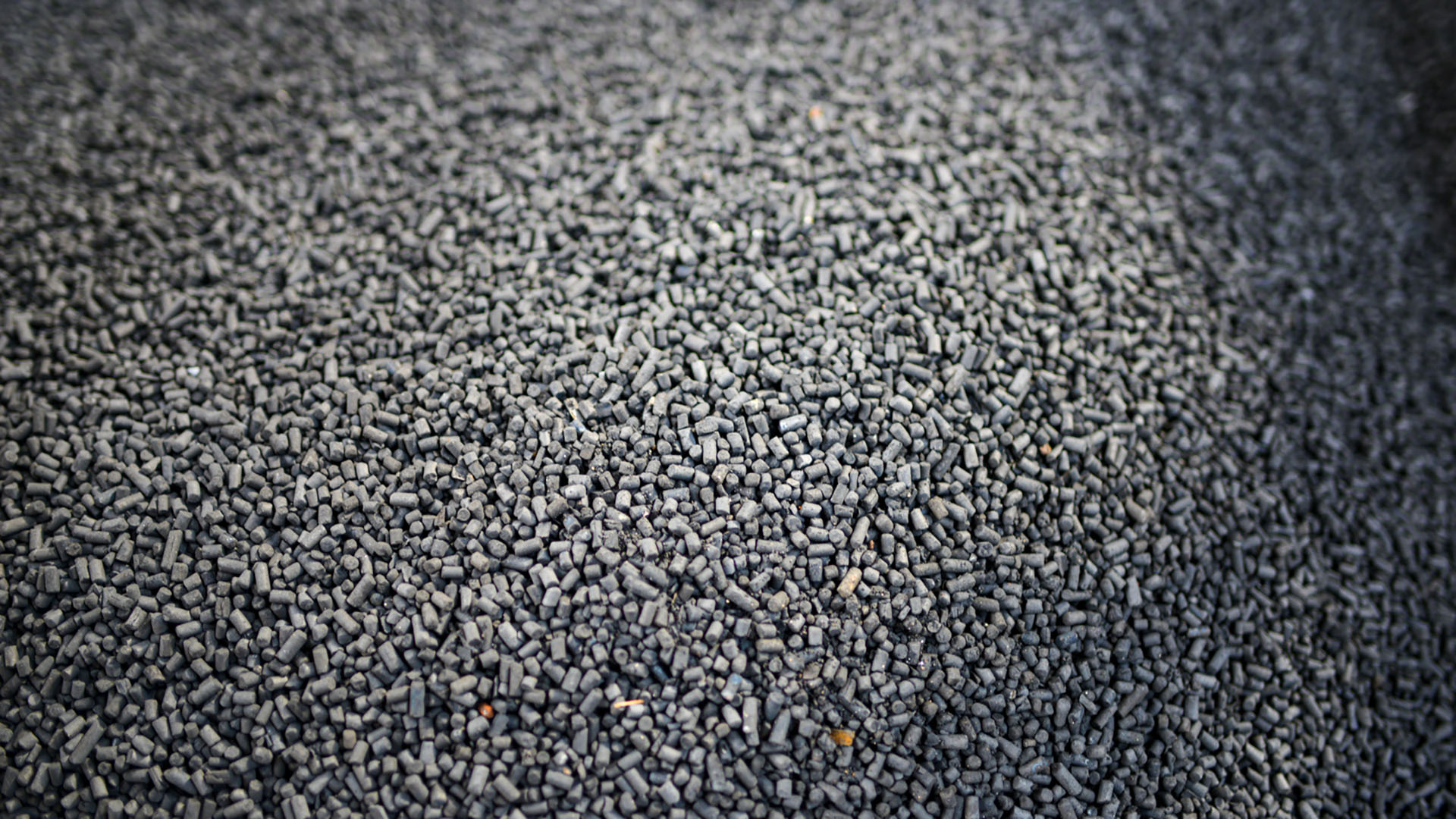
Biochar is a solid material obtained by thermochemical conversion of biomass in an oxygen-restricted environment, or in pyrolysis or gasification reactors. With regard to traditional technologies, the biochar production process is similar to the production of charcoal. More information is available at website: Czech Association for Pyrolysis and Gasification (www.cpga.cz). Biochar contains approximately 10–40% of the dry matter of the original biomass. The main building component of biochar is chemically stable carbon (50 - 95 wt %), which is not subject to further decomposition and oxidation. This is one of the methods of carbon sequestration. Biochar is a porous material (up to hundreds of m2/g). In addition to the equipment itself, the biggest influence on the quality of biochar is the temperature in the pyrolysis zone of the generator, the heating rate of the input material, and the retention time in the reactor core and the type of biomass used. The yield (production) decreases with increasing pyrolysis temperature. The ability to retain water and nutrients in the soil increases to the critical pyrolysis temperature depending on the type of equipment. Increasing the pyrolysis temperature also has a strong influence on the decomposition and volatility of the organic substances formed by the pyrolysis process and the organic substances present in the biomass. Increasing the retention time of biomass/biochar in the pyrolysis or secondary reduction zone of the reactor and the slow biomass heating rate has an overall positive effect on the quality of biochar.
Equipment for the production of biochar via pyrolysis is usually designed so that it produces biochar and, and possibly electricity and pyrolysis oil. Heat production exceeds the heat demand for drying wet biomass to a very low moisture content (under 10 wt %).